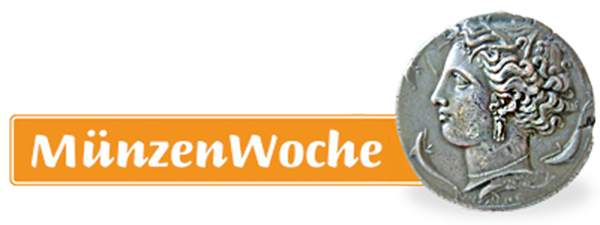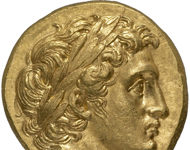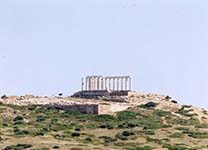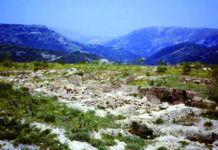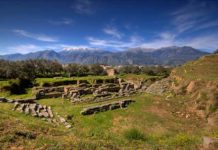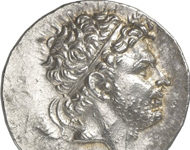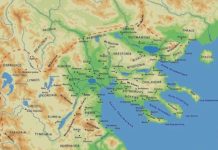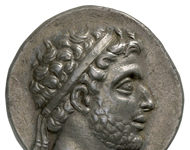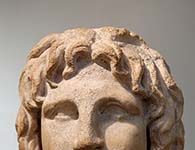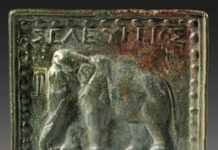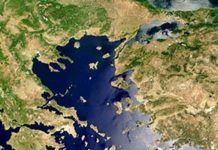Human Faces Part 4: Philip II as Hegemon of Greece
Why is it that for centuries – or rather thousands of years – the head has served as the motif for the side of a coin? And why has this changed in the last 200 years? Ursula Kampmann poses these questions in her book ‘MenschenGesichter,’ from which the texts for our new series are taken.
The Laurion silver
But one day, one noon, I believed I had found it. I was at Sounion all by myself; the summerly sun was burning; the wounded pines dripped resin...
Ancient Sybrita: the mint where the most beautiful of Crete’s coins were made
The ancient community of Sybrita in Crete stills remains something of a terra incognita. That is even the more surprising given the fact that gorgeous silver coins had been produced there in Hellenistic times that celebrate Dionysos, the god of the wine.
Heracles the snake-strangler
Herakles strangling the snakes, this subject occurs on the coins of some very important harbor towns of Asia Minor at the same time. This article will explain what’s behind it...
Macedonia becomes a province
A rare Macedonian tetradrachm, minted around 147 B. C., tells a story from the beginnings of the Roman province of Macedonia. The rarity is to be auctioned off in the upcoming Künker autumn auction sale to be conducted between the 7th and the 11th October 2013.
The coins of Philipp II of Macedonia
Philipp II ranges amongst the most important rulers of Antiquity. He transformed the small and endangered Macedonia into one of the most powerful kingdoms of the Ancient world. His coins circulated in all of Greece and bought him what he needed - loyalty, politicians, mercenary soldiers...
Human Faces Part 9: The Battle of Macedonia against Rome
Why is it that for centuries – or rather thousands of years – the head has served as the motif for the side of a coin? And why has this changed in the last 200 years? This chapter of the series ‘Human Faces’ looks at the battle between Macedonia and Rome.
The coins of Alexander III the Great of Macedonia
Few historical figures have spurred people’s imagination like Alexander, King of the Macedonians. Up to the present day, his coins range amongst those every coin collector likes to add to his collection. Fortunately, these pieces come in great numbers, so that every collector can afford at least one specimen!
A Weight from the Empire of the Seleucids
A huge elephant is depicted on the weight that was auctioned off on 18th December 2013 in auction sale Gorny & Mosch 218 – Ancient Art. It is of interest not just to the art lover but to everyone concerned with ancient metrology. After all, both the shekel and the drachm is based on the mine, i.e. the unit represented by this weight.
Under the eyes of Artemis
The upcoming sale of Numismatica Genevensis SA on November 30, 2010 offers a unique gold stater struck by the citizens of Abydos. Here’s the story behind...


